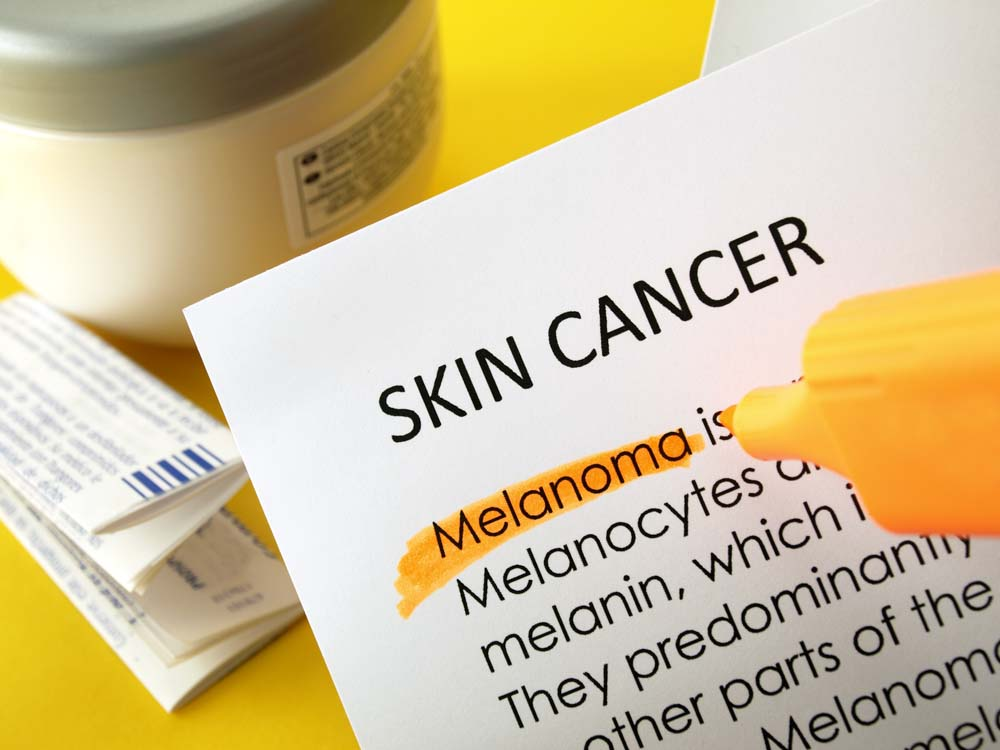According to this study, 2 out of every three men in Australia will get skin cancer by the time they reach 70. More men than women are likely to get this disease. The same study says melanoma is the 3rd most common cancer among Australians.
Melanoma is the most dangerous type of skin cancer and is more difficult to detect. However, help is at hand. So, if your doctor has diagnosed that you have skin cancer, you can go in for some specific therapies.
1. Surgery
While most skin cancers can be treated with minor surgeries in the Out-Patient Department of your doctor, some of those might deserve extensive surgical procedures.
2. Moh’s Surgery
Dr. Frederick Moh developed this procedure in the early 1950s. Here, your surgeon will peel off the affected skin and examine the cancerous cells. He will also take off some surrounding cells to determine whether cancer has spread. This procedure is continued until no more cancerous cells are discovered. Moh’s surgery is used for patients with basal and squamous cancers; these cancers are milder and can be treated easily.
3. Excisions
These procedures involve cutting or shaving off the skin growth. Generally, there are three kinds of excisions. In a scalpel excision, your surgeon removes the growth with a scalpel. When he uses a sharp blade to cut off the skin growth, that procedure is called shave excision.
If you have melanoma, your surgeon might conduct a wide excision. Here, not only the tumor is cut off, but even a wider area of healthy skin is also excised. Your doctor may also cut into the deeper parts of the skin to treat this disease. Wide excisions are also used to treat Merkel cell-carcinomas.
4. Reconstructive surgery
Surgeries described above may lead to scars on your head, neck or hands. You may, in that case, like to consult your surgeon for reconstructive surgery to improve your overall appearance.
5. Electrodesiccation
This is another kind of surgery that stops your skin cancer from spreading to other areas. In the procedure, the surgeon cuts off the tumor with a spoon-shaped blade. Later, an electrode is inserted into the wound to stop the resultant bleeding. This procedure is done by passing an electric current through that electrode. Your doctor may repeat this process 2-3 times for effective treatment. Electrodesiccation is also called curettage and is primarily used to treat melanomas.
6. Cryosurgery
This procedure isn’t a typical surgery because no cuts or excisions are made. Here, the doctor presses the nozzle of can-shaped equipment against the affected part of your skin and releases liquid nitrogen or carbon dioxide. This way, he freezes all the cancerous cells in-situ and stops the spread of the disease.
7. Laser surgery
Some skin cancer patients are treated by this procedure, where a focused ray of energy pierces through the affected skin. This is bloodless surgery and can kill the cancerous cells quickly. It also stops the spread of skin cancer to other parts of your body.
Another form of surgery is dermabrasion which involves abrading or rubbing your affected skin part with a blunt object. Please note that curettage, cryosurgery, laser surgery, and dermabrasion are used for treating actinic keratosis.
8. Radiation Therapy
Here, a powerful beam of energy is directed at the affected skin part to stop the spread of cancer. This is done by either killing the cancerous cells or by stopping them from dividing themselves.
9. Chemotherapy
Skin cancer can also be cured by either taking drugs or by applying special creams or lotions on your body.




